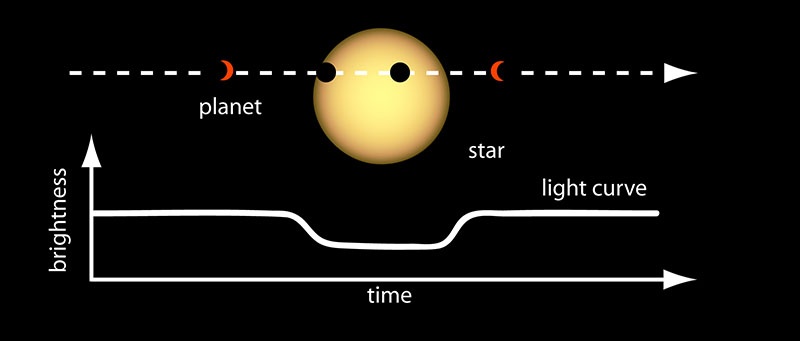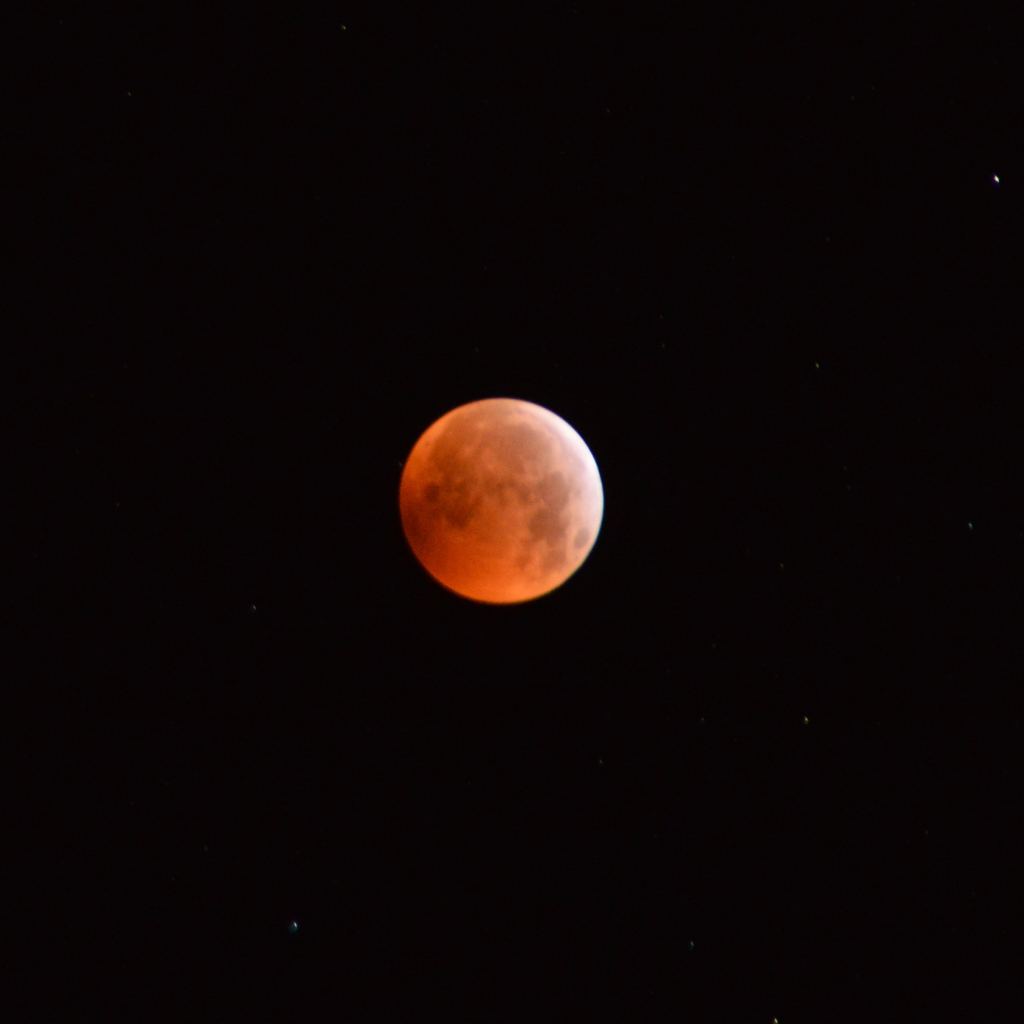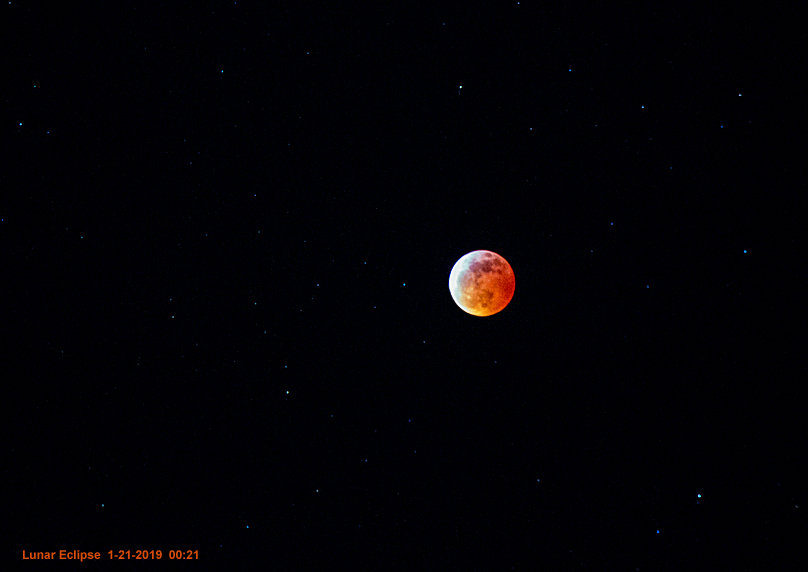What would we look for in a distant exoplanet in the hunt for Earth-like worlds, and perhaps life? A recent observation carried out by the Hubble Space Telescope found tell-tale signatures from our home planet by looking at a familiar source under extraordinary circumstances: Earth’s Moon, during a total lunar eclipse.
The experiment was carried out by the Hubble Space Telescope, launched in 1990 and now in its 30th year of operation. Orbiting the Earth once every 96 minutes, Hubble is generally aimed at faint distant galaxies, not the brilliant nearby Moon. Researchers at the University of Colorado (Boulder) and the Space Telescope Science Institute decided to do just that, during the January 2019 total eclipse of the Moon. The geometry of a total lunar eclipse. Credit: M. Kornmesser/ESA/NASA
The geometry of a total lunar eclipse. Credit: M. Kornmesser/ESA/NASA
A total lunar eclipse occurs when the Moon passes into the Earth’s shadow. As eclipse fans know, the Moon does not completely disappear when it enters the dark inner umbral shadow, but instead appears reddish in color. This is due to the light from a thousand sunsets getting filtered through the Earth’s atmosphere, cast back onto the Moon. From the lunar surface looking back at the Earth, you would see a total solar eclipse. Moreover, not every total lunar eclipse appears the same. During totality, a lunar eclipse can appear anywhere from a yellowish-pale orange, to a dark brick red. The color seen depends on how deep the Moon is emerged in the Earth’s shadow, and the amount of dust and aerosols suspended in the Earth’s atmosphere.
An ‘Exoplanet Eclipse’
Researchers realized the light reflected off of the Moon would mimic something researchers are currently on the hunt for: light streaming through the atmosphere of a distant exoplanet, while it’s transiting in front of its host star. The current exoplanet tally stands at 4,302 and growing. What’s more, a new generation of space observatories led by the James Webb Space Telescope (set to launch in October 2021) will soon be able to routinely image transiting exoplanets directly. Another future mission, the Large Ultra Violet Optical Infrared Surveyor (LUVOIR) may also image exoplanets directly in the ultraviolet, a key wavelength. This will usher in an exciting new era of exoplanet science, allowing astronomers to obtain spectra. This, in turn, will tell us something about just what the atmospheres of these exotic worlds are made up of. This could also give us hints of any interesting chemical processes at work on these far-flung worlds. An artist’s conception of the LUVOIR space telescope. Credit: NASA/GSFC
An artist’s conception of the LUVOIR space telescope. Credit: NASA/GSFC
Hubble detected a key chemical during the eclipse: ozone. The combination of three oxygen atoms, ozone on Earth is the result of photosynthesis over geologic periods.
“Finding ozone is significant because it is a photo-chemical byproduct of molecular oxygen, which is itself a byproduct of life,” says Allison Youngblood (Laboratory for Atmospheric and Space Physics) in a recent press release. “You would need other spectral signatures in addition to ozone to conclude that there was life on the planet, and these signatures cannot necessarily be seen in ultraviolet light.”
Though ozone isn’t exclusively generated by life—ozone can also result from nitrogen and oxygen exposed to sunlight—a seasonal fluctuation in ozone levels would be a strong bio-signature. Likewise, copious amounts of oxygen and methane—both of which are reactive and need replenishment to linger on long timescales—would be strong hints that something interesting is occurring on a distant world. The light curve of a transiting exoplanet. Credit: NASA/AMES
The light curve of a transiting exoplanet. Credit: NASA/AMES
This also marked the first time a space telescope made ultraviolet wavelength observations during a total lunar eclipse. The detection of terrestrial ozone, along with oxygen and methane seen in the Earth’s ‘eclipse spectra’, was backed up by ground-based observations during the same January 2019 eclipse. Ground-based observatories, however, must correct for looking through the Earth’s atmosphere, while space-based observatories do not suffer from this hindrance.
Another clue we may detect in an exoplanet’s spectra is what’s known as the ‘red edge’ a signature that is only due to plants and photosynthesis. While this would be a remarkable discovery, it would also be tantalizing as mainly a blip on a graph. What we’d really like to see is those alien jungles…
“Photosynthesis might be the most productive metabolism that can evolve on any planet, because it is fueled by energy from starlight and uses cosmically abundant elements like water and carbon dioxide,” says Giada Arney (NASA/GSFC) in a recent press release. “These necessary ingredients should be common on habitable planets.”
e’ve been broadcasting our very own bio-signature out across the galaxy for anyone who might happen to be watching now for the last 2.4 billion years. That’s since the beginning of the Proterozoic era, when oxygen first started building up in the Earth’s atmosphere.
 Our view of the January 2019 total lunar eclipse from the beach in Tarifa, Spain. Credit: Dave Dickinson.
Our view of the January 2019 total lunar eclipse from the beach in Tarifa, Spain. Credit: Dave Dickinson. Still, it’s great to see that there’s real science occurring during total lunar eclipses. The next chance you’ll get to marvel at the crimson Moon will be during the next total lunar eclipse on May 26th, 2021. Perhaps, science gleaned by Hubble will soon usher in a new era of exoplanet science.
Read the full study here.

